When we moved to Colorado, we quickly discovered that outdoor adventures in Colorado are more than just a weekend treat—they became part of our everyday life. I was amazed by how easily we could plan family outings, whether it was a morning hike or an afternoon at the park. Being so close to nature is an integral part of living here, and I can’t imagine a better place for outdoor adventures. From hiking, biking, to skiing and hot springs in Colorado, there’s no shortage of outdoor activities that cater to every family member. In this article, I’ll share some of my favorite outdoor adventures in Colorado that are perfect for families looking to make lasting memories.
Why Colorado Is Perfect for Outdoor Adventures
When our family of five—my partner, our two girls, our son, and I—moved to Colorado, we quickly realized one thing. Outdoor activities are not just a weekend treat—when moving to Colorado, they become a part of everyday life. From the moment we arrived, it felt like every day brought a new adventure. Whether it was hiking through the Rocky Mountains, exploring the Great Plains, or simply enjoying the many parks around us, outdoor living became a natural part of our daily routine. Before we even settled in, we found ourselves in awe of the state’s diverse landscapes. We had heard about Colorado’s incredible natural beauty, but nothing could have prepared us for just how expansive and varied it truly is. With the towering peaks of the Rockies, the sweeping grasslands of the Great Plains, and the charming forests, there was always somewhere new to explore.
Family-Friendly Hiking Trails That We Love
Hiking is one of the first activities we embraced as a family when we moved here. I remember our first hike in Rocky Mountain National Park, located near Estes Park. It felt like stepping into a postcard. The trails range from short, easy walks to more challenging hikes, but we always look for family-friendly hiking options. One of my favorite memories is hiking around Bear Lake, where a short loop trail gave us the most incredible mountain views. I can still recall how quiet it was, with only the sounds of birds and the wind rustling the trees.
We’ve also spent time at the Flatirons in Boulder, which has quickly become another favorite spot. I was amazed by the towering rock formations, and the hikes there are easy to moderate in difficulty, making them perfect for a family outing. One afternoon, we hiked up to the Flatirons Vista, and the panoramic views of Boulder and the surrounding mountains took my breath away. I’ll never forget that moment of awe, standing at the top with my family, soaking it all in.
The Garden of the Gods in Colorado Springs was another incredible discovery. The striking red rock formations stood out, and we spent hours there, exploring trails accessible to all ages. What amazed me most was how the landscape shifted with the light, making each visit feel different. We snapped so many family photos there, capturing the beauty of the place.
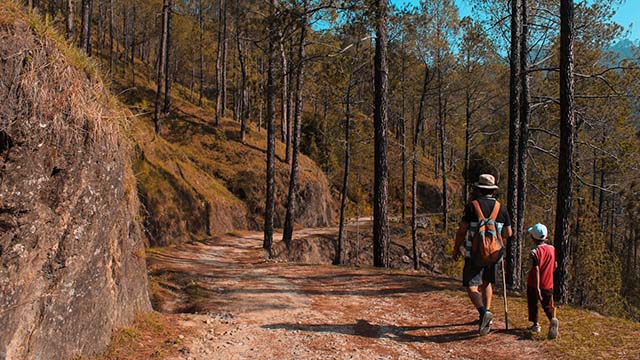
Our Favorite Cycling Trails in Colorado
Cycling quickly became a family favorite after we moved to Colorado, thanks to my husband, who loves leading the kids on new bike adventures. One of our first rides was on the Boulder Creek Path. The paved path runs alongside Boulder Creek, offering a peaceful ride through nature. I enjoyed walking alongside while the kids pedaled ahead, often stopping to chat and take in the beautiful views of the creek.
In Colorado Springs, we tried the Pikes Peak Greenway. The flat terrain made it easy for the kids to keep up, and the views of Pikes Peak were stunning. My husband and the kids have since explored more challenging mountain biking trails in places like Crested Butte and Durango, while I prefer hiking. I hear their mountain biking stories, but as for outdoor adventures in Colorado, I prefer walking and hiking those same rugged trails. Colorado truly offers something for every adventurer!

Skiing and Snowboarding: A Family Tradition
When winter rolls around, our family heads to Colorado’s renowned ski resorts. Skiing and snowboarding have become a part of our family tradition. I remember our first winter ski magic in Colorado—Breckenridge was one of the first resorts we visited. I was amazed at how family-friendly it was. The slopes are perfect for beginners, and they offer programs for kids that help them learn while having fun. Watching my children glide down the beginner slopes for the first time is a memory I’ll never forget. I believe it’s one of the best places for families, and every season, we find ourselves back there, making new memories on the slopes.
Vail has a kind of magic that pulled us in from the start. I remember our first trip—watching the kids take their first turns on the beginner slopes while I explored the steeper runs nearby. What amazed me was how perfectly it balanced everything for all of us. We’d ski in the mornings, then wander into town for ice skating or snowshoeing in the afternoon. I truly believe it’s one of the best places for families—every trip feels like a new memory in the making.
Keystone, just a short drive from Breckenridge, also became one of our go-to winter spots. I vividly recall our first night tubing there. We laughed the entire way down, and that memory has stuck with me ever since. Keystone’s nighttime tubing and ice skating made for a fun-filled family day on the slopes, and I’m so glad we discovered it.
Must-Visit Outdoor Destinations in Colorado
If you’re planning to explore Colorado with your family, here are some of the best places you can’t miss:
- Rocky Mountain National Park: Ideal for scenic hiking and wildlife watching.
- Flatirons in Boulder: Iconic rock formations with easy-to-moderate trails.
- Garden of the Gods in Colorado Springs: Spectacular red rock formations and accessible trails.
- Boulder Creek Path: A peaceful bike ride along Boulder Creek.
- Pikes Peak Greenway in Colorado Springs: Beautiful cycling path through the Pikes Peak region.
- Breckenridge Ski Resort: Family-friendly skiing with plenty of snow activities.
- Vail Ski Resort: Great for beginner slopes and a variety of winter activities.
- Keystone Ski Resort: Night tubing, ice skating, and skiing for families.
- Cherry Creek State Park: A family-friendly campground and plenty of outdoor activities
What amazed me most is how seamlessly outdoor adventures in Colorado became part of our daily routine. From hiking and cycling to skiing, there’s something for every family here. Living in Colorado means embracing the outdoors every day, and for us, it has brought us closer as a family. Whether you’re a resident or planning to move, I truly believe that embracing outdoor adventures in Colorado is one of the best ways to bond and experience the natural beauty of your surroundings.
When moving to Colorado, you’ll quickly realize that outdoor adventures aren’t just for vacations—they’re part of everyday life. With so many parks, trails, and recreational areas, every day is an opportunity to explore and enjoy nature as a family. So pack your bags, grab your gear, and get ready for endless family fun in Colorado’s great outdoors.
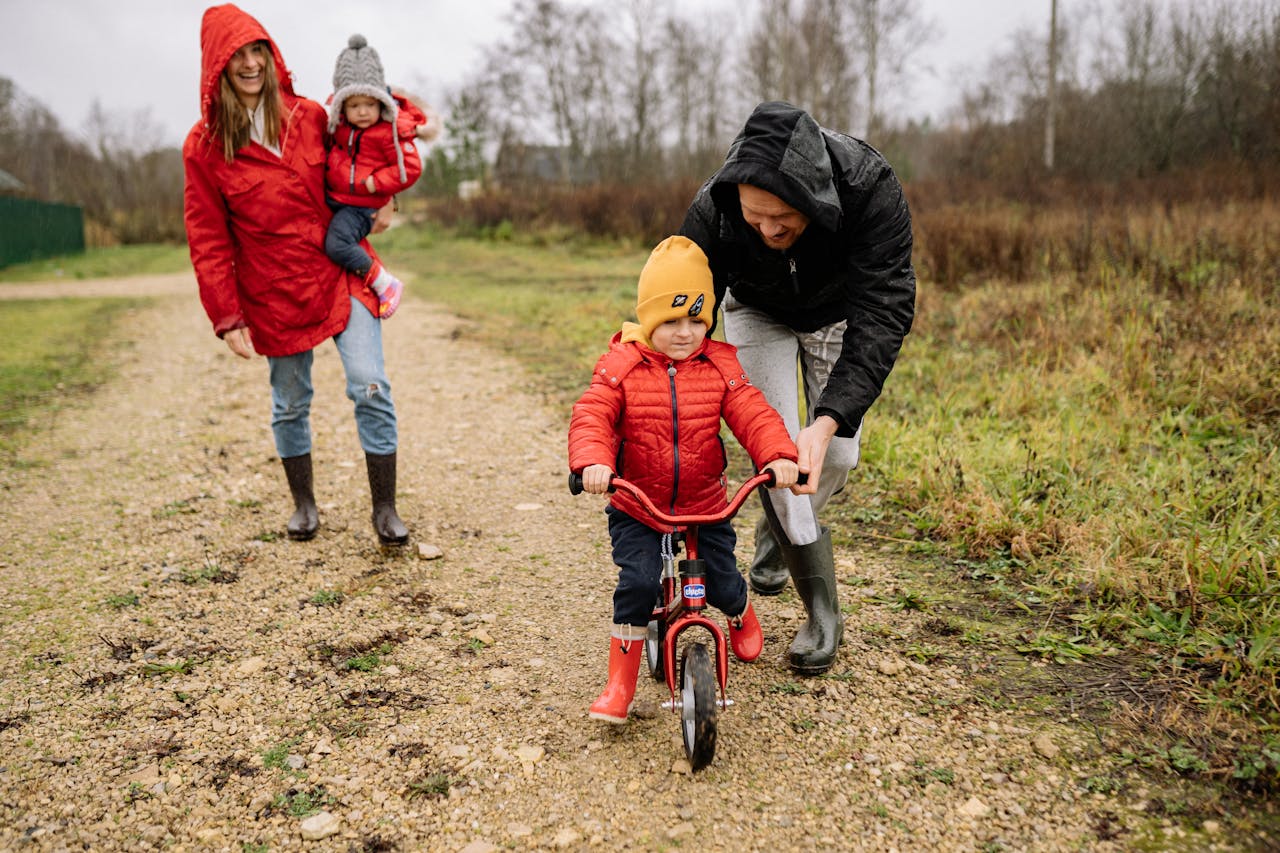
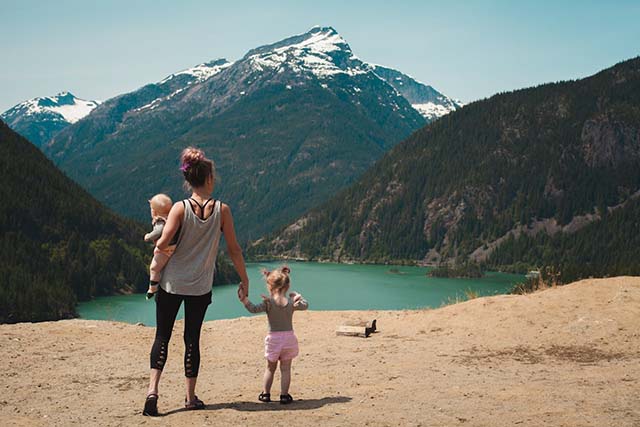
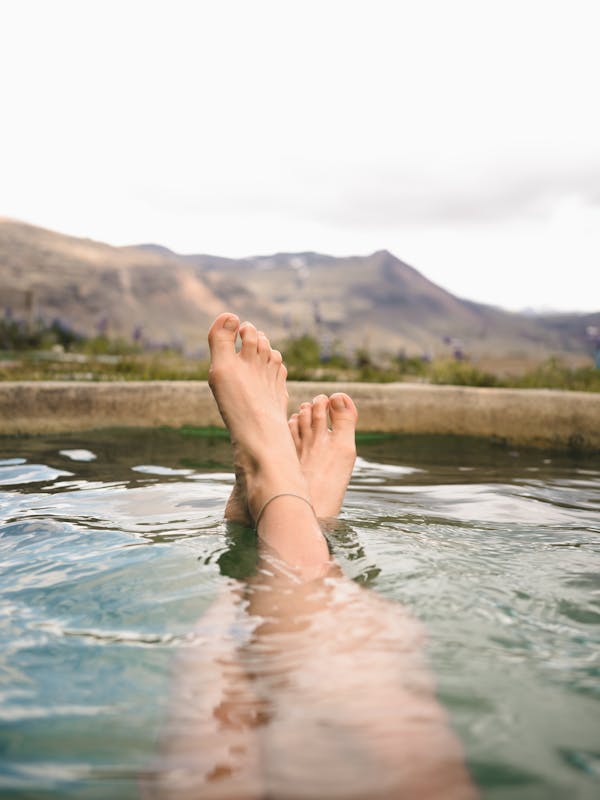

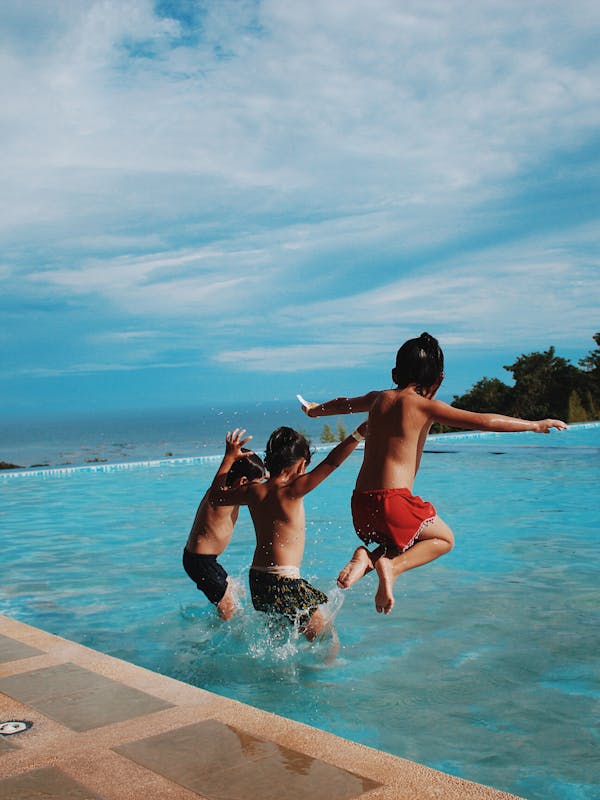
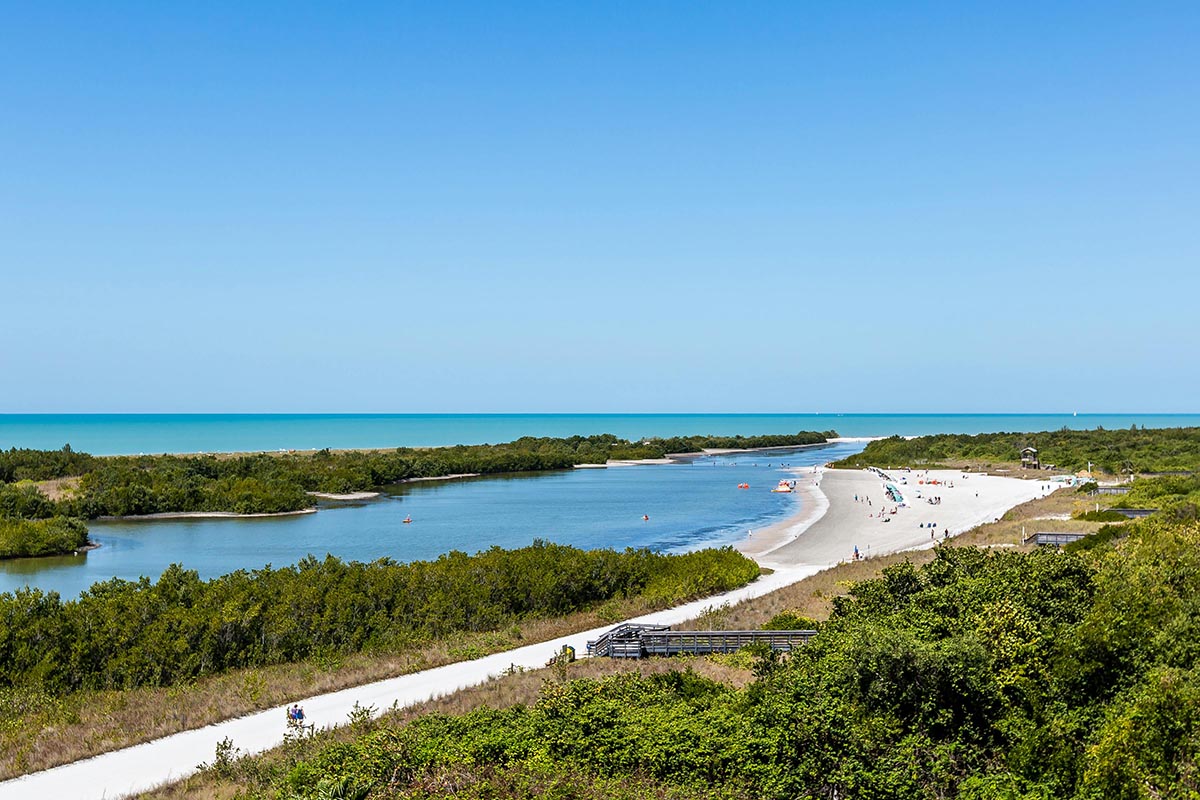
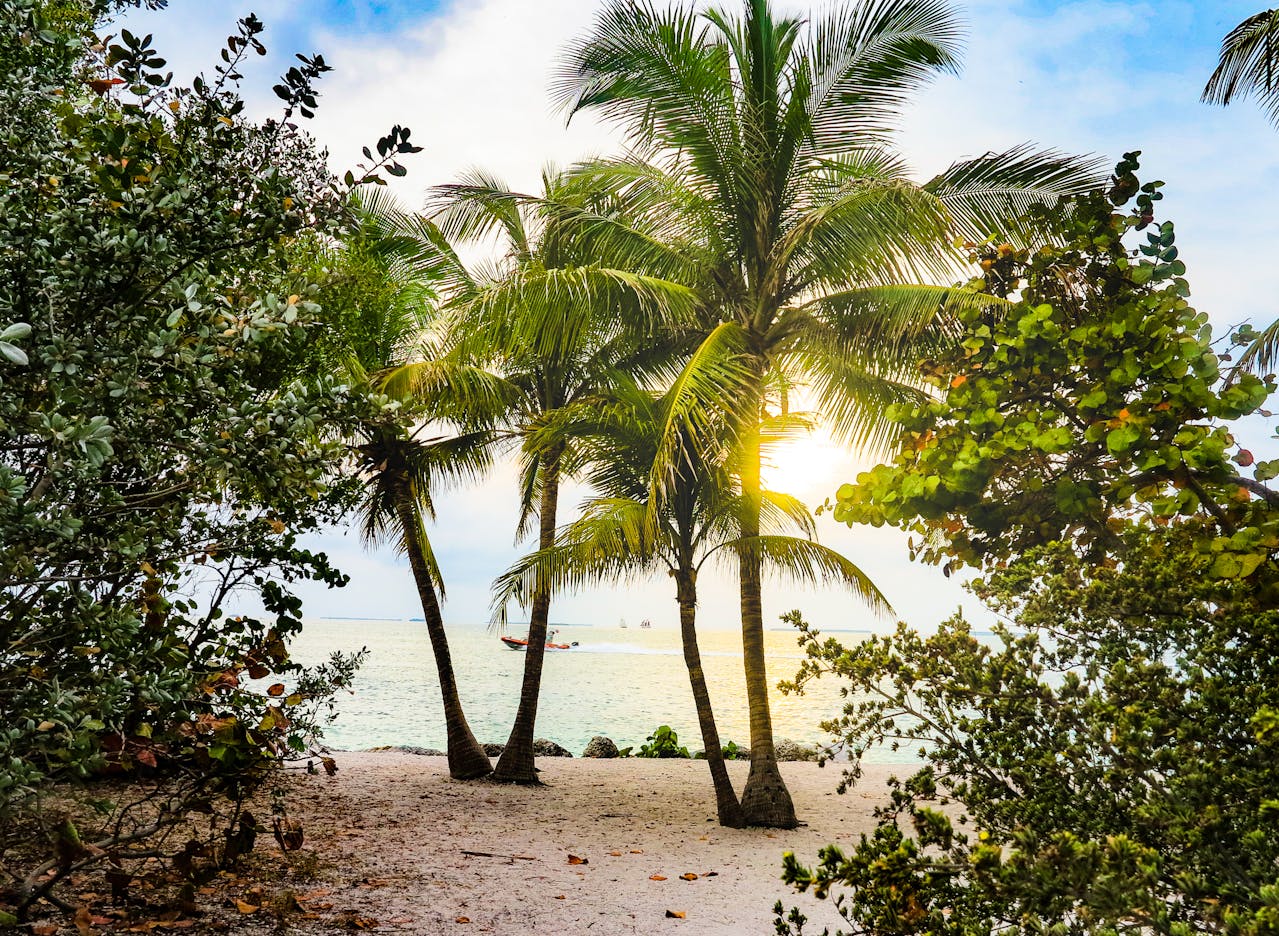
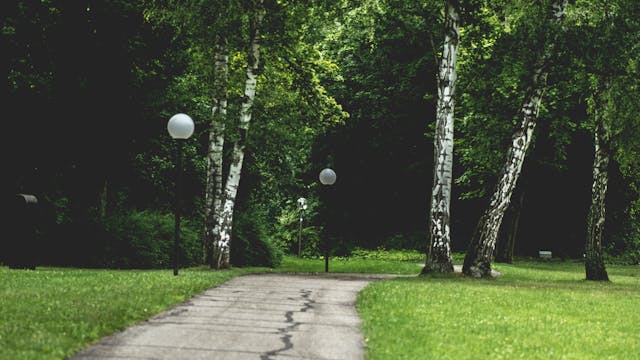

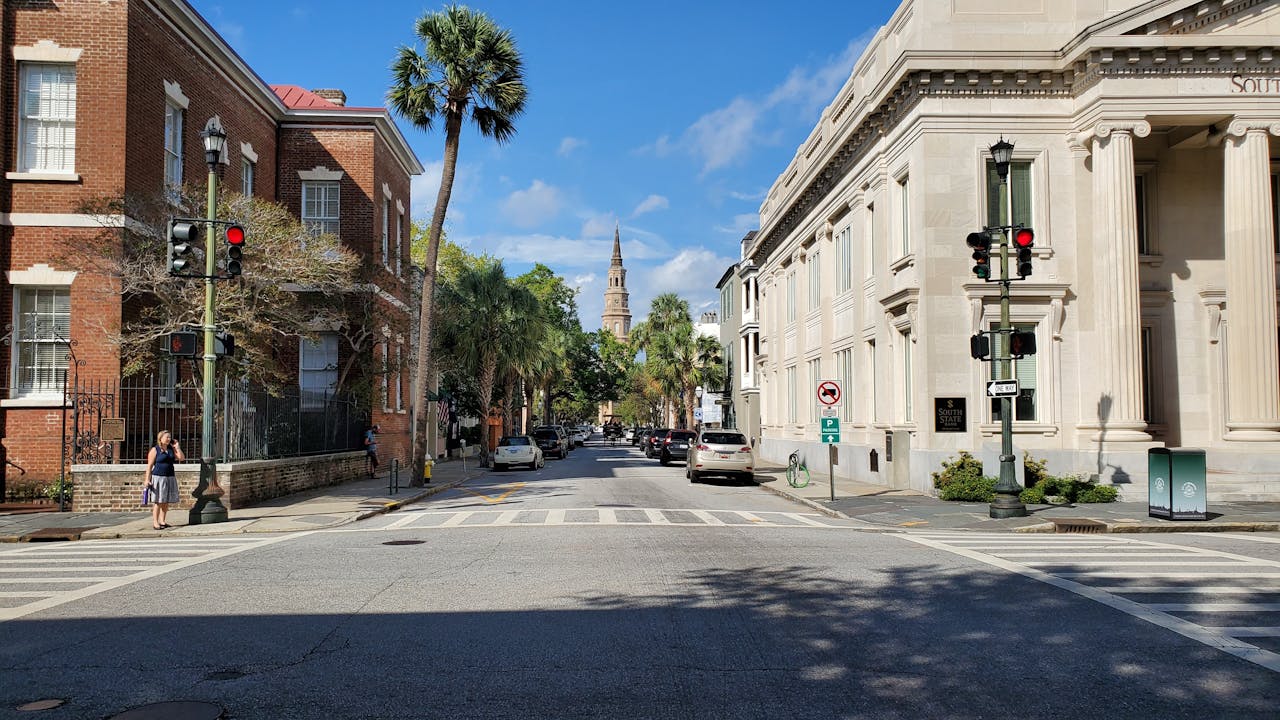
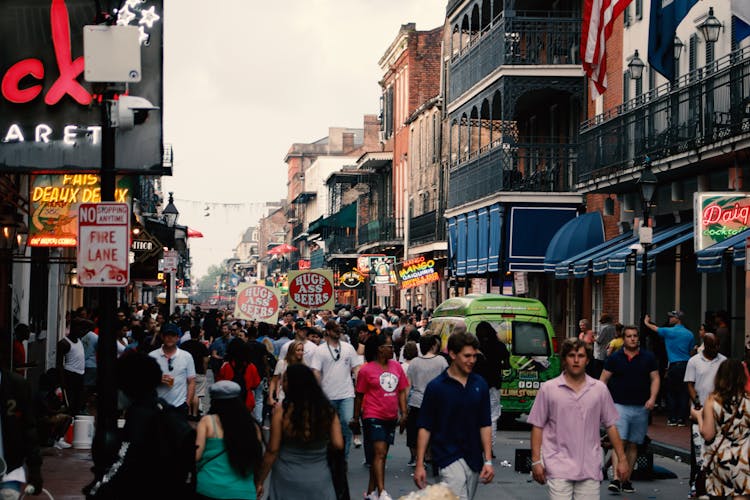
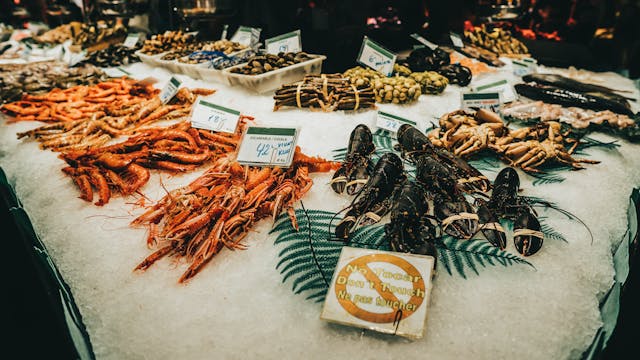
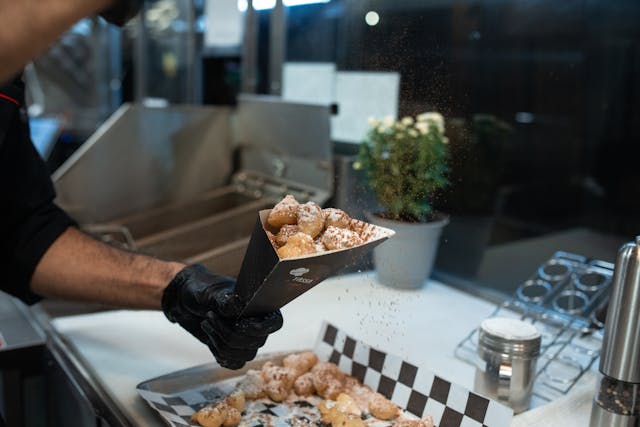

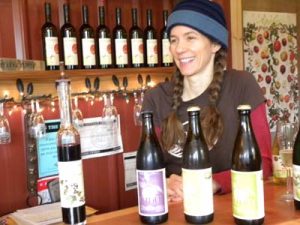
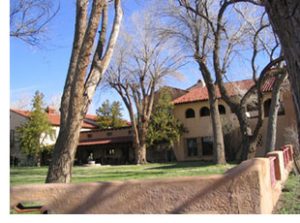
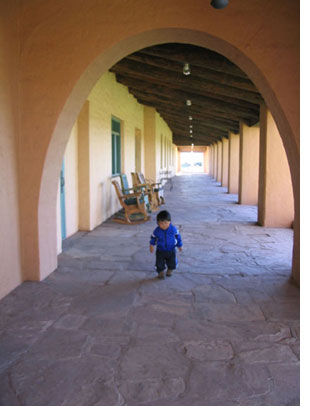 It’s dusk, and I pull off onto the shoulder of the road, and capture a shot of the Route with the San Francisco Peaks of Flagstaff glimmering palely on the distant western horizon, and warble, “Get your kicks on Roohoot Sixty-Six…” as I get back behind the driving wheel.
It’s dusk, and I pull off onto the shoulder of the road, and capture a shot of the Route with the San Francisco Peaks of Flagstaff glimmering palely on the distant western horizon, and warble, “Get your kicks on Roohoot Sixty-Six…” as I get back behind the driving wheel. Enter Allan Affeldt, an art connoisseur and business entrepreneur who was determined to preserve La Posada as a tribute to the men and women whose dreams and toil shaped its history, its architecture and its memories. He acquired the property in 1997 with the intention of restoring it to its former magnificence.
Enter Allan Affeldt, an art connoisseur and business entrepreneur who was determined to preserve La Posada as a tribute to the men and women whose dreams and toil shaped its history, its architecture and its memories. He acquired the property in 1997 with the intention of restoring it to its former magnificence.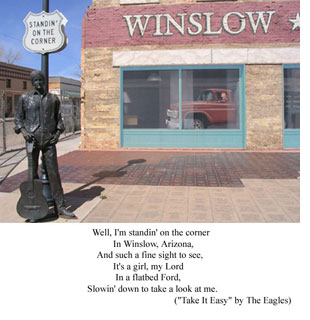 As the evening shadows grow long across the lawns of La Posada on my last evening in Arizona, I sit on a wooden rocker on their verandah, Margarita in hand, and listen to the long whistle of a freight train as it clatters past.
As the evening shadows grow long across the lawns of La Posada on my last evening in Arizona, I sit on a wooden rocker on their verandah, Margarita in hand, and listen to the long whistle of a freight train as it clatters past.
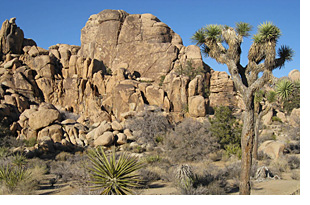 Further north in the Park is a flat plain speckled with the iconic Joshua trees. They are actually giant yuccas, with long spiky leaves, twisted gnarly branches, and bare trunks; tough trees ideally surviving in a harsh environment. Some are more than eight meters tall. Each stands as a lonely sentinel on its own patch of barren desert.
Further north in the Park is a flat plain speckled with the iconic Joshua trees. They are actually giant yuccas, with long spiky leaves, twisted gnarly branches, and bare trunks; tough trees ideally surviving in a harsh environment. Some are more than eight meters tall. Each stands as a lonely sentinel on its own patch of barren desert.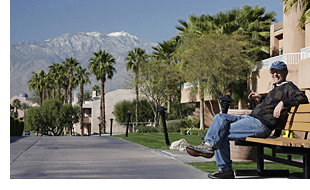 As sunset approaches, it’s time to rustle your way down the highway. A forest of wind turbines lines the approach to Palm Springs and all those golf courses.
As sunset approaches, it’s time to rustle your way down the highway. A forest of wind turbines lines the approach to Palm Springs and all those golf courses.